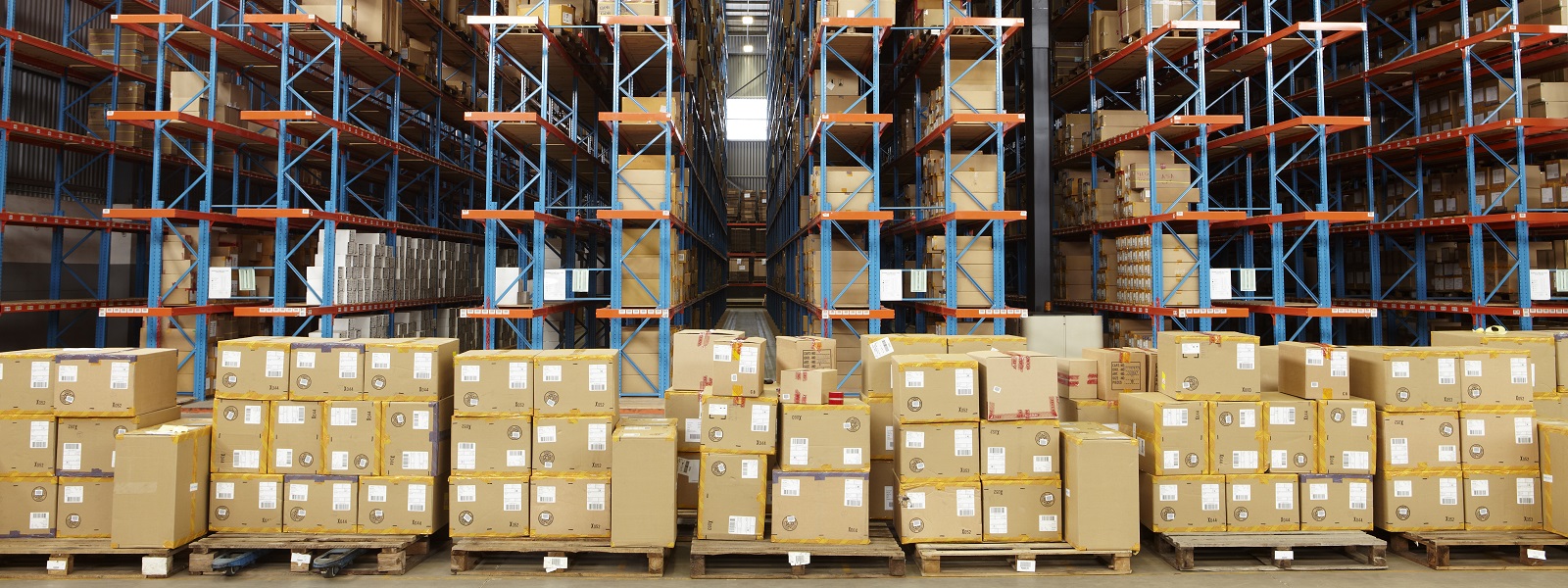There may have been political and economic storm clouds hanging over the region, but those did not stop Western Europe becoming a beacon for M&A in 2016.
1. Western Europe hits highest inbound M&A volume since 2006
From Scotland’s northern most tip down to the heel of Italy, Western Europe saw a surge in cross-border deal activity in 2016. There were 6,029 deals across the region – a 2% increase on the previous year, which itself was a new record.
Despite the turmoil surrounding the UK’s decision to leave the EU, political uncertainty in a number of nations and the unsettled economic climate in the south of the region, Western Europe was a magnet for deals. Corporates, particularly from Asian powerhouses China and Japan, saw Europe as a safe haven for deals and the UK, in particular, had something of a post-Brexit bounce as acquirers sought to take advantage of a weak pound.
The largest deal of the year came in October when US wireless provider Qualcomm bought out Dutch company NXP Semiconductors for US$45.9 billion.
2. Value down overall but rising sharply in Q4
While volume was hitting record heights in 2016, deal value was down slightly on the two preceding blockbuster years. There were US$721.6 billion worth of deals in 2016 – down 12% on both 2015 and 2014. However, putting this into perspective, value was higher than any other year post-2009.
More encouragingly, value in Q4 rose by 33% to US$201.1 billion from US$151.1 billion in Q3 – which could augur well for the year ahead. Major deals into Western Europe in Q4 included the aforementioned Qualcomm/NXP transaction; 21st Century Fox’s US$22.3 billion move for UK satellite company Sky; and Australia-based Macquarie’s proposed US$14.4 billion takeover of the UK’s National Grid Gas Distribution.
3. TMT takes top sector in Europe
In terms of value, technology, media and telecommunication was the top sector for inbound M&A into Western Europe with a deal total of US$143.3 billion. TMT was followed by industrials and chemicals with a total of US$137.2 billion and pharma, medical and biotech was the third highest value sector with US$50.2 billion. Two of 2016’s top three deals targeted the TMT sector including Japanese giant Softbank’s US$30.2 billion acquisition of UK company ARM Holdings – a deal which hit the headlines just after the Brexit announcement at the end of June.
As for volume, industrials and chemicals took the top spot in 2016 with 670 deals.
4. UK takes the highest value slot despite, or perhaps because of, Brexit
The UK experienced a post-Brexit boom in M&A, as foreign acquirers swooped to take advantage of a falling pound. The country had, by far, the highest total in Western Europe with US$187.7 billion from 1,384 deals. Unsurprisingly, given their size, France (US$84.1 billion from 853 deals) and Germany (US$80.3 from 850 deals) took silver and bronze spots on the dealmaking podium.
Four of the top ten deals into Europe this year were for UK companies including Sky, ARM Holdings and the London Stock Exchange. Whether this trend will hold true in 2017 in the wake of the exit process and protracted negotiations with the EU is yet to be seen.
5. China makes record moves on European assets
The value of deals from China into Western Europe rose by over 200% in 2016, as the world’s most populous nation pursued an aggressive policy of outbound M&A. With greater scrutiny from the US on deals, the Chinese turned their attention to Europe with 128 deals valued at US$85.7 billion – by far the highest value and volume figures in Mergermarket’s history. ChemChina’s US$45.9 bid for Swiss agribusiness Syngenta was the second biggest deal overall but deals were spread across a number of sectors from aviation to wind farms.
However, in reaction to rapid capital outflows, China increased scrutiny on certain kinds of transactions in 2016, which could affect future deal activity. The following transaction are most at risk:
- Transactions that would require the transfer of large amounts of foreign exchange offshore.
- Investments that are outside of the investor’s primary area of business.
- Investments in real estate and other assets that primarily function as a store of value.
- Transactions by over-leveraged companies or companies that rely heavily on domestic debt financing.
- Takeovers aimed at taking private Chinese companies that are listed on overseas exchanges.
- Investments by limited partnerships.
The government has not yet formally changed regulations on outbound foreign direct investment, but it is expected to issue new rules to clarify and formalize new outbound investment policies for market participants in the first half of 2017.





